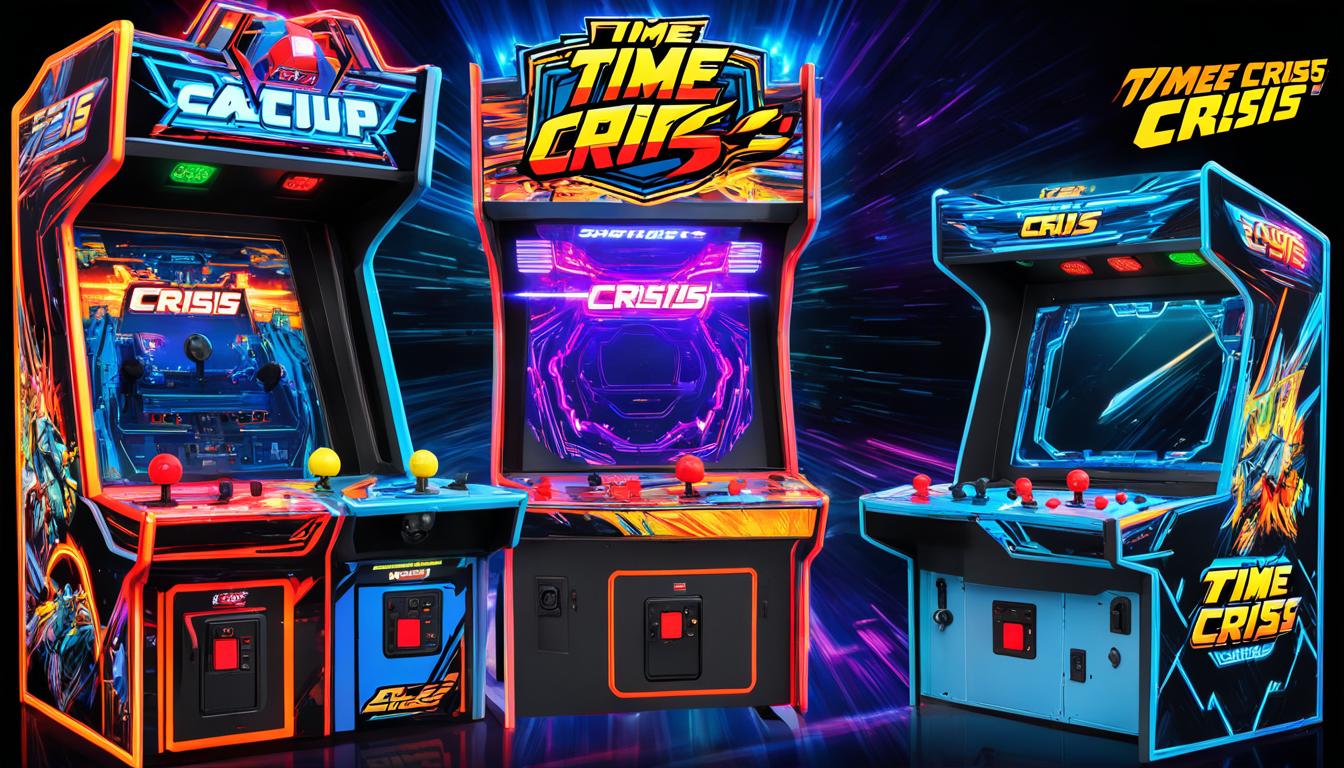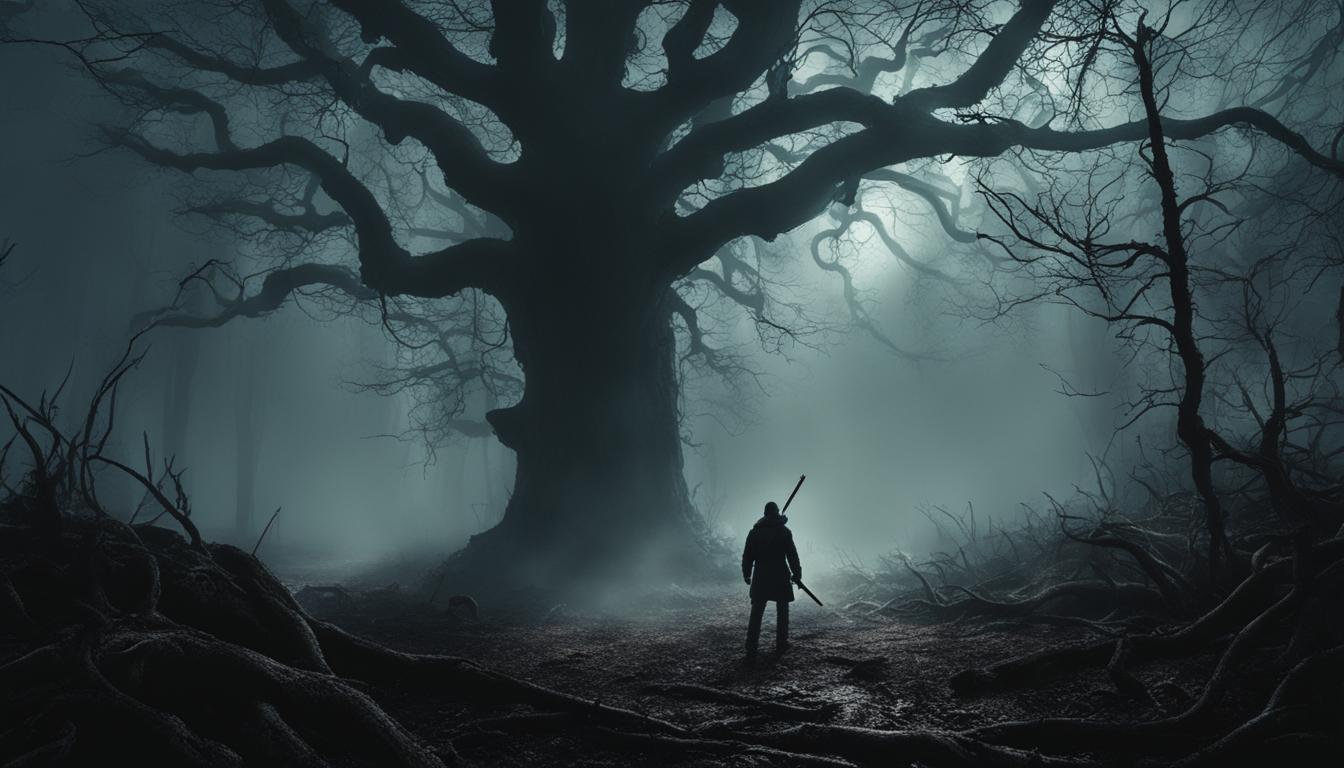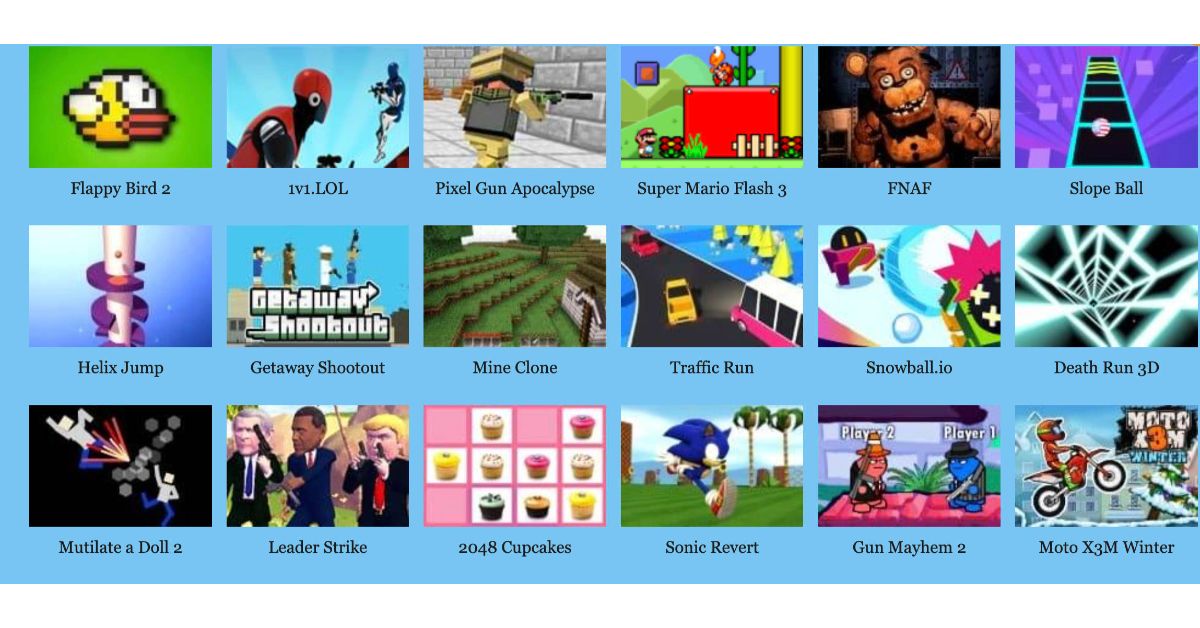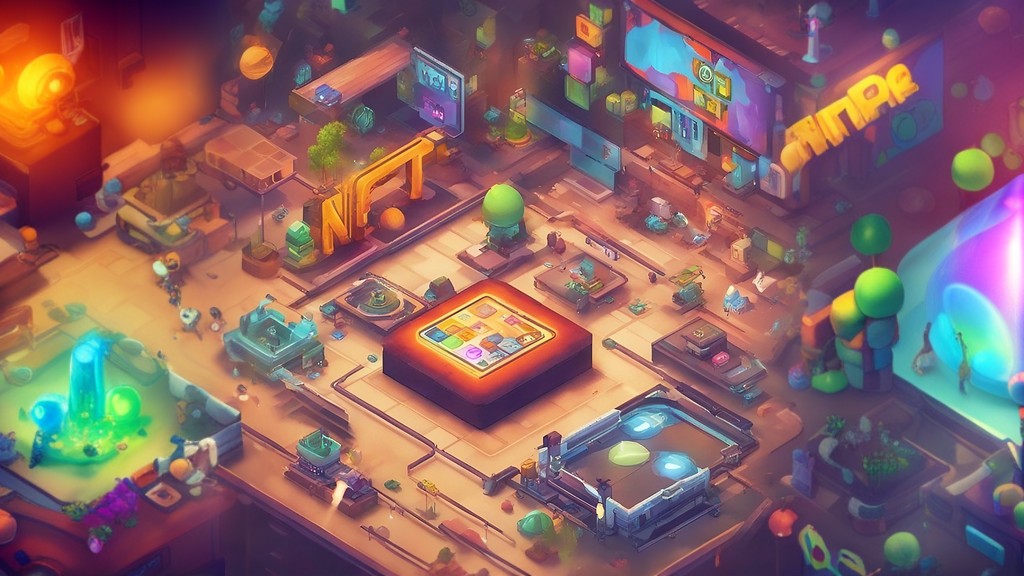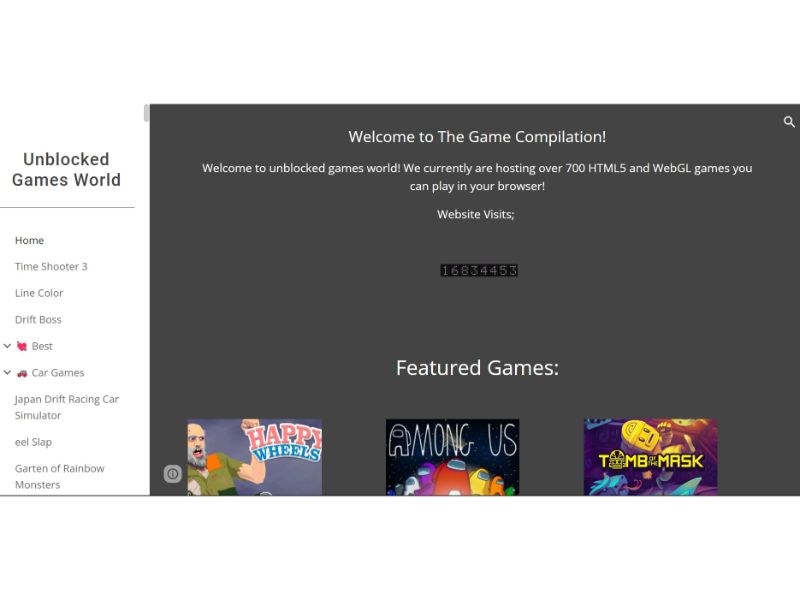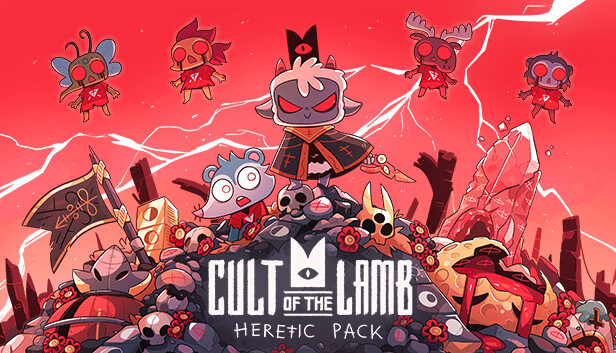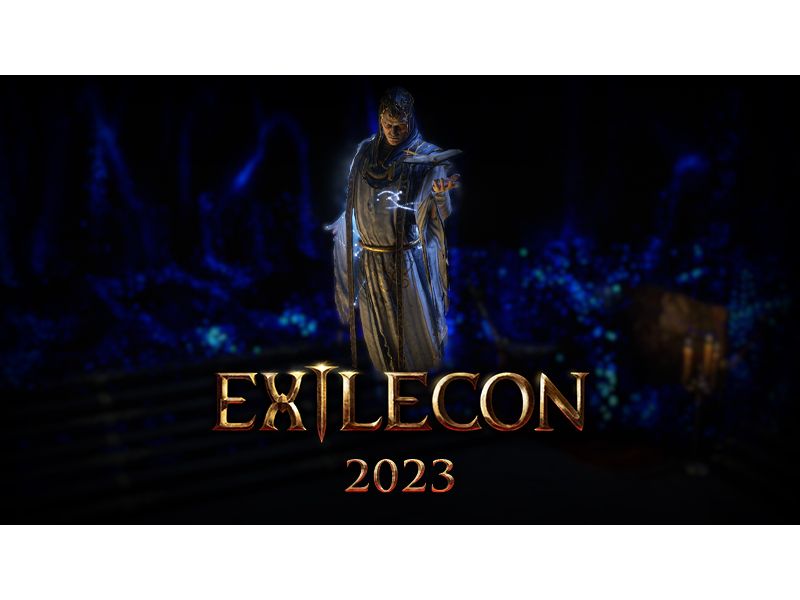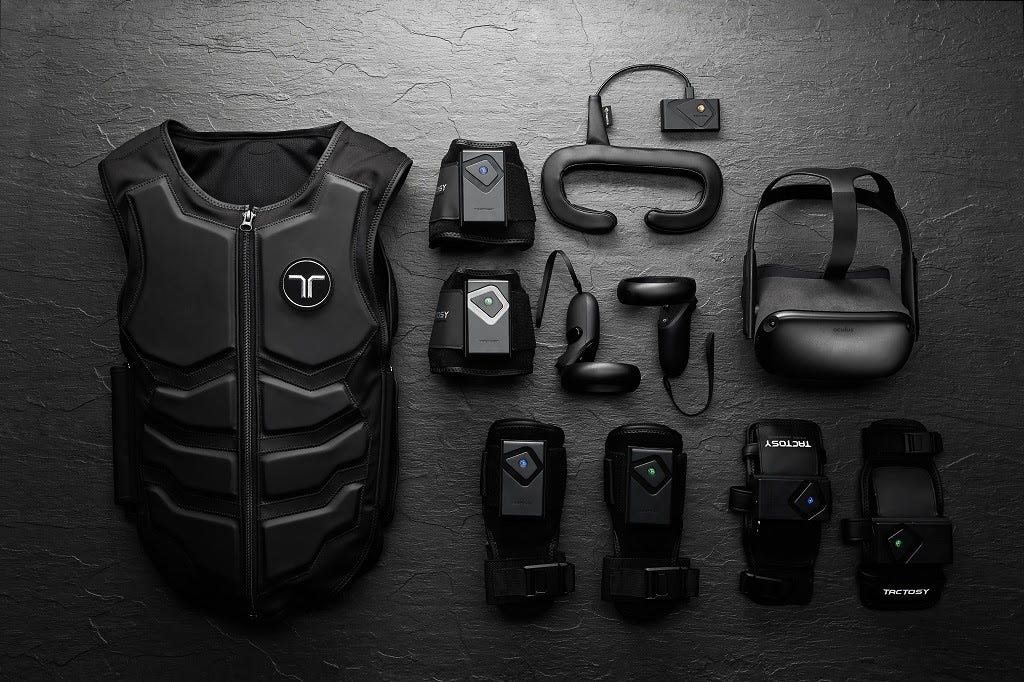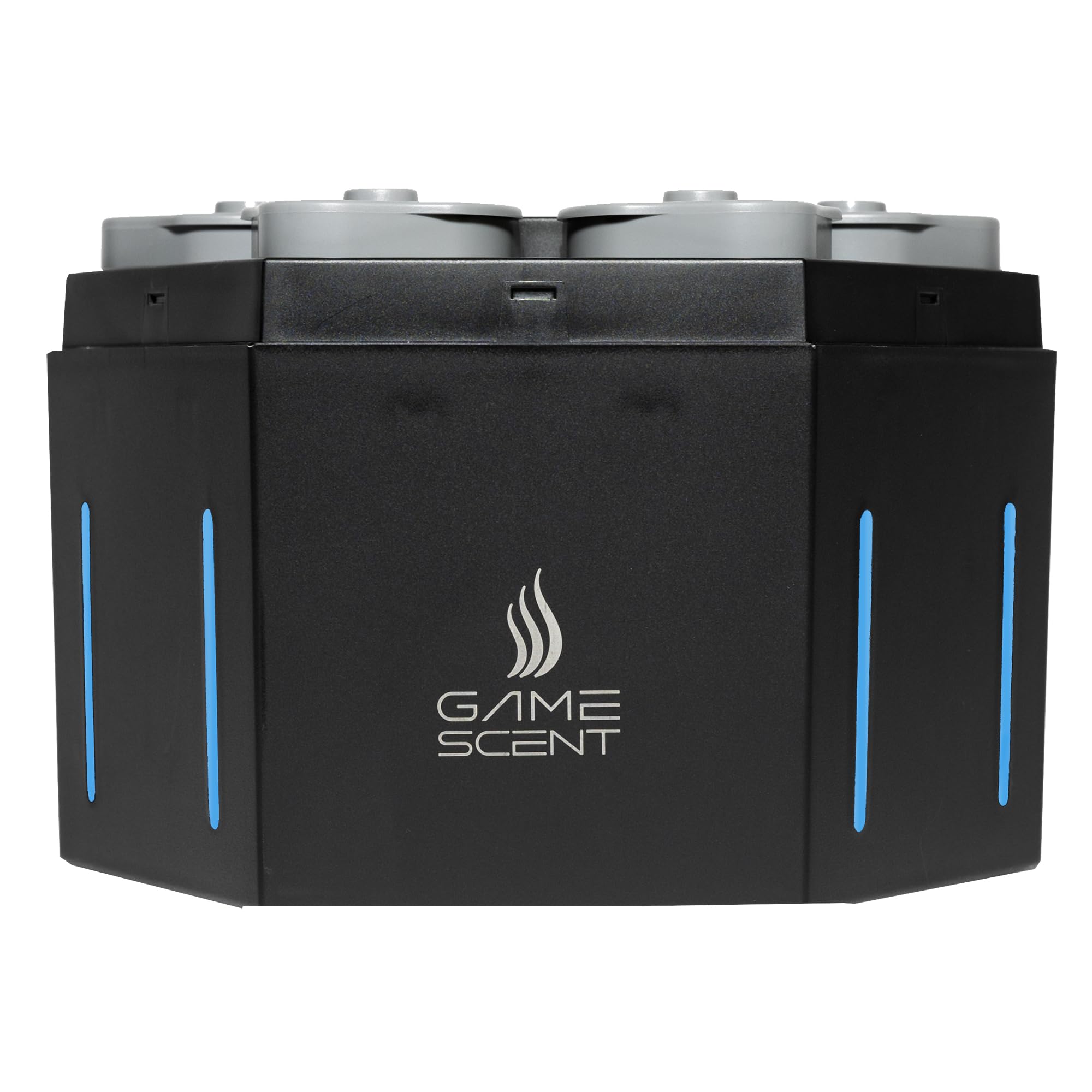Atomic Heart has caught the interest of many gamers thanks to its new official trailer, but if you want to know a little bit more about the game Mundfish CEO, Robert Bagratuni, briefly talks Atomic Heart’s design, open world and more in a recent interview.
Publication site pcgamer.com struck up an interview with Mundfish CEO, Bagratuni, to talk about Atomic Heart. Firstly, Bagratuni was asked about the game’s world and if inspiration came from games like BioShock. Bagratuni explained:
“Atomic Heart was conceived as an open-world game. We want to enable players to choose the sequence of actions themselves instead of limiting them to a linear path. The world of the game is in fact the entire Soviet Union—a vast circle, the borders of which reach the Arctic in the north, Altai mountain in the south, and with plains, lakes and much more in the middle. At the same time, the huge infrastructure of Plant 3826 and its underground facilities are spread all over the map. The key infrastructure elements are connected by railways. As for whether this is a shooter: in some places it is, it depends where you can find ammo.”
To sum up Bagratuni’s words, Atomic Heart is an open-world game with areas that offer players multiple choices, what kind of choices? Well, that’s up ion the air at the moment. We also learn that all of Soviet Russia will be explorable in a way, but the infrastructure of Plant 3826 and its underground facilities are spread all over the map and are connected by railways. We also learn that the game can be a shooter, but only if you can find and stock up on ammo.
Bagratuni was asked what inspired Atomic Heart’s strange setting in which he replied:
“There’s no simple answer. Artyom, the author of the Atomic Heart synopsis, has been working on the script for more than seven years. Since he and some of the other members of the team were born in the USSR, many ideas came from those times. Many are comparing it with BioShock and Fallout, but in fact we took the atmosphere from our childhood, from books we grew up on. Strugatsky, Lem, Harrison. That fantasy had a special place in the life of a Soviet citizen. And when all this is merged with the internet, robotics, the Soviet Union and food coupons, you get Atomic Heart.”
In other words, no recent franchise or video game helped inspire the look, atmosphere or design of Atomic Heart. It was all thanks to growing up in the USSR.
Bagratuni continued on about Atomic Heart’s lore and explained some things about agricultural and robots:
“Plant 3826 was originally producing agricultural robots for working in the fields, gathering timber, protecting the peace and working at homes. They were very popular in the USSR, so the machines were everywhere. There was a robot in every house, in every enterprise. Then they went mad.”
On the topic of mad or crazy, Bagratuni briefly touched on weapons and P-3, the protagonist, and what you can expect from him:
“The main character’s weapon is made in a post-apocalyptic manner. He is crazy but he is not a fool. He can solder and work with technology. Weapons are assembled from various metal parts, detached from robots or taken from the household appliances or fragments obtained during the game. Almost everything on your path can be used as a murder weapon. The approach to close-range weaponry is the same: you use whatever you can find.”
The interesting thing about Atomic Heart is that we see a lot of linear-like places in the trailers, but at the same time it looks and sounds like there will be spacious areas to loot and gather resources from. Given that P-3 can craft weapons from various metal parts, detached from robots or taken from household appliances, means that there’s quite a bit to explore.
The interview concluded with Bagratuni saying that the team hopes to share more specifics on the game sometime within the next three months or so.
Lastly, you can either wait for Atomic Heart to release later this year for PC, PS4, and Xbox One or you can check out the teaser trailer and official trailer below.
